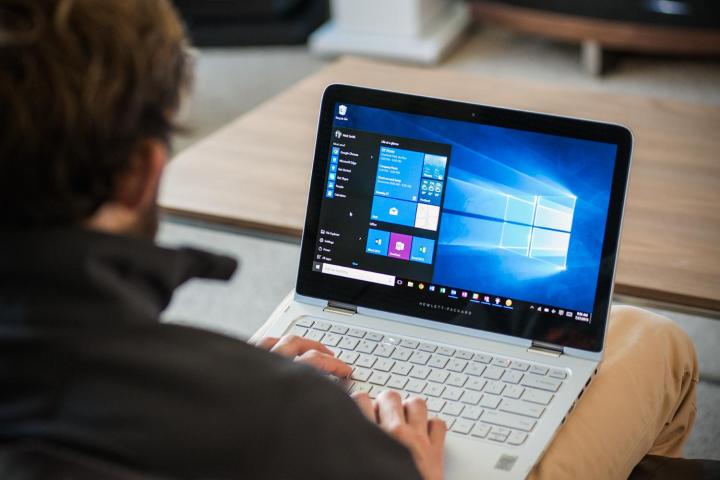
Perhaps the most interesting feature is a new Media Casting addition to Microsoft Edge. This extra makes it possible to cast any video, picture or audio from the Edge browser to a Miracast- or DLNA-enabled device. There’s quite a few of those on the market. This seems to be Microsoft’s way of combating Chromecast. Whether that’ll work depends on, well, how it works — casting tends to be trickier than it seems, and Chromecast became popular primarily because unlike previous attempts, it was (relatively) seamless. Still, there’s a lot of potential here.
Note that you can’t cast “protected content,” according to Microsoft. This includes Netflix and Hulu.
The other big headliner is the addition of Cortana to PDFs which are opened in Microsoft Edge. It seems the implementation of the feature is actually a bit limited, though — you can merely right-click highlighted text and “Ask Cortana.”
Microsoft also re-announced an update to its Xbox beta app for Windows 10. This was actually distributed on its own last Friday. It includes a utility for finding Facebook friends, voiceover recording for Game DVR, and search for the Store interface in the Xbox app.
As usual, the rest of the build consists of bug fixes, including a memory issue with the Xbox app when users have Win32 titles installed, and a bug with desktop search impacting users who live outside a locale where Cortana is supported.
There are also a few known issues. Small form factor devices (the Dell Venue 8 Pro is cited as an example) will experience a bluescreen issue, and will have to roll back if they upgrade. Surface Pro 3 owners may find the power button can now longer be used to put their machine to sleep. And Microsoft has removed WebM and VP9 “temporarily” to “develop a VP9 implementation that we intend to ship with Windows.”
Editors' Recommendations
- Windows 11 tips and tricks: 8 hidden settings you need to try
- Microsoft plans to charge for Windows 10 updates in the future
- The best Windows 10 keyboard shortcuts
- This new Windows 11 feature is a great addition for PC gamers
- Ranking all 12 versions of Windows, from worst to best


